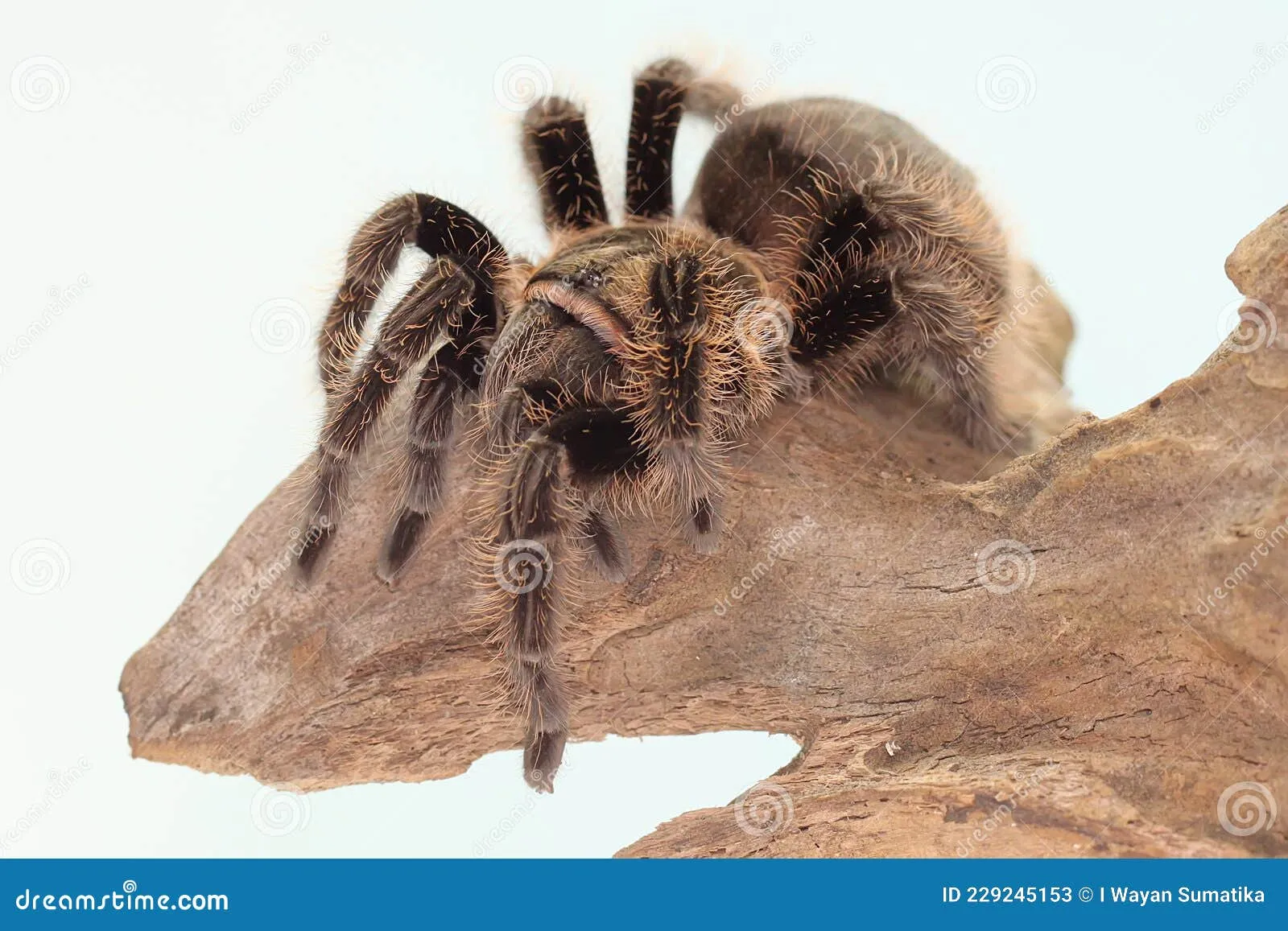Top 5 Aggressive Tarantula Breeds: An Introduction
The world of tarantulas is vast and diverse, with hundreds of species displaying a wide range of temperaments. While many tarantulas are docile and can be handled with relative ease, some breeds are known for their more aggressive nature. Understanding these aggressive tarantula breeds is crucial for both novice and experienced keepers. This knowledge helps in providing proper care, ensuring safety, and appreciating the unique characteristics of these fascinating creatures. This article delves into the top 5 most aggressive tarantula breeds, exploring their behaviors, and offering essential handling precautions.
Understanding Aggression in Tarantulas
Aggression in tarantulas is a multifaceted behavior, often stemming from a combination of instinct, environmental factors, and individual personality. It’s not necessarily a sign of malice but rather a defense mechanism. Tarantulas, being primarily ambush predators, are naturally inclined to react defensively when they feel threatened. This can manifest in various ways, from a threat pose to flicking urticating hairs or even biting. Recognizing the signs of aggression, such as raised front legs, exposed fangs, and a defensive posture, is vital for avoiding unnecessary conflicts and ensuring a safe interaction.
Factors Influencing Tarantula Temperament
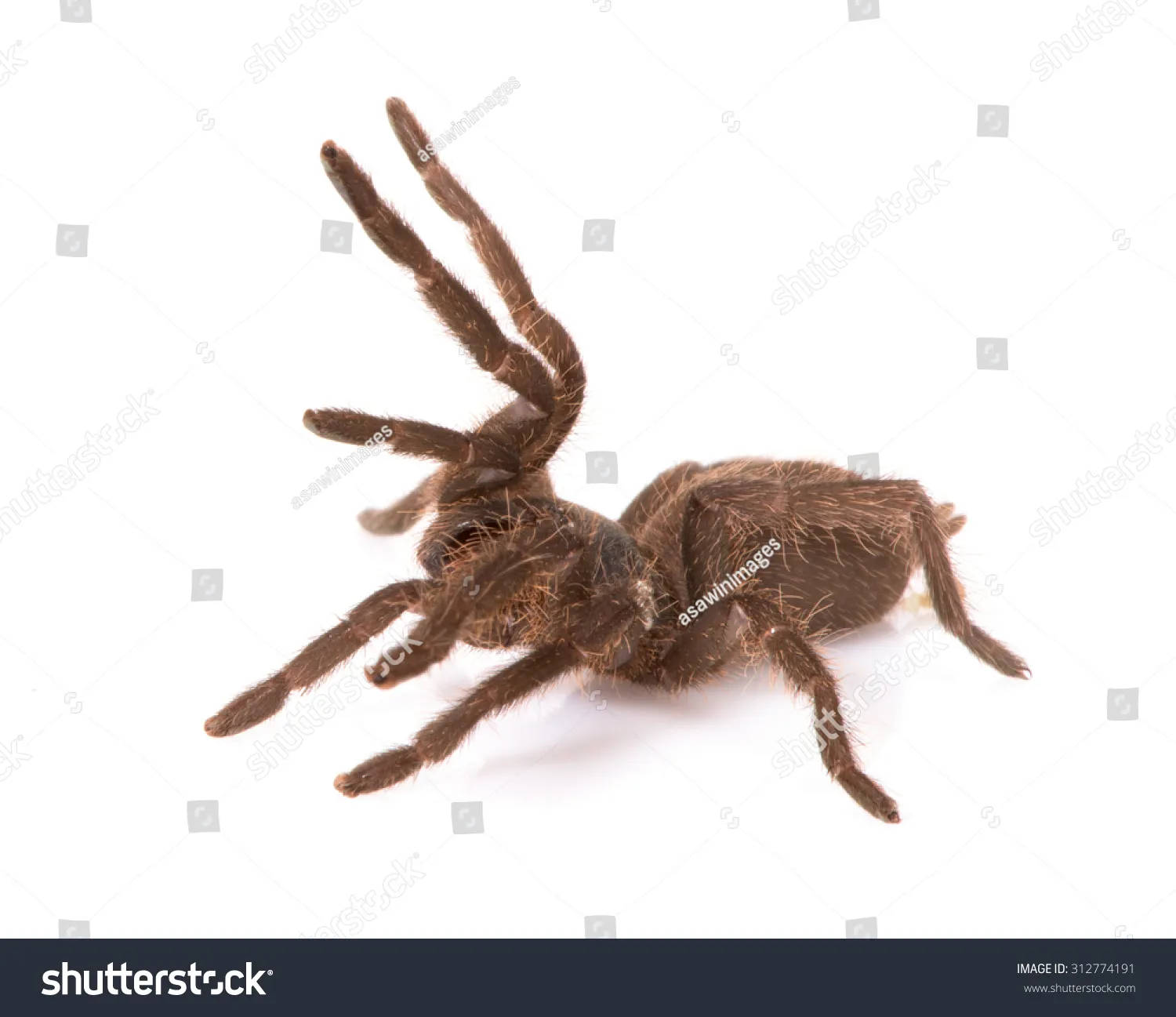
Several factors can influence a tarantula’s temperament. Understanding these influences can help keepers anticipate and manage potential aggression. These include environmental conditions like temperature, humidity, and enclosure size. Genetics and breeding practices also play a significant role, as certain lines of tarantulas may be predisposed to aggression. Handling and interaction, or the lack thereof, can also shape a tarantula’s behavior. Frequent handling can sometimes desensitize a tarantula, while excessive handling or rough treatment can exacerbate aggression. It is important to remember that each tarantula has its own personality.
Environmental conditions
The living environment significantly impacts a tarantula’s behavior. A poorly maintained enclosure, with incorrect temperature, humidity, or inadequate space, can stress a tarantula, making it more prone to defensive behaviors. Providing an appropriately sized enclosure with proper ventilation and suitable substrate is essential. Regular monitoring and adjustment of environmental parameters are crucial for maintaining a healthy and calm tarantula.
Genetics and breeding
Genetics also play a role in tarantula temperament. Certain tarantula lines or species are naturally more predisposed to aggression. Responsible breeders often prioritize temperament alongside other desirable traits. When acquiring a tarantula, it’s wise to research the species and, if possible, inquire about the breeder’s practices and the lineage of the spider. This can offer insights into the potential temperament of the tarantula.
Handling and interaction
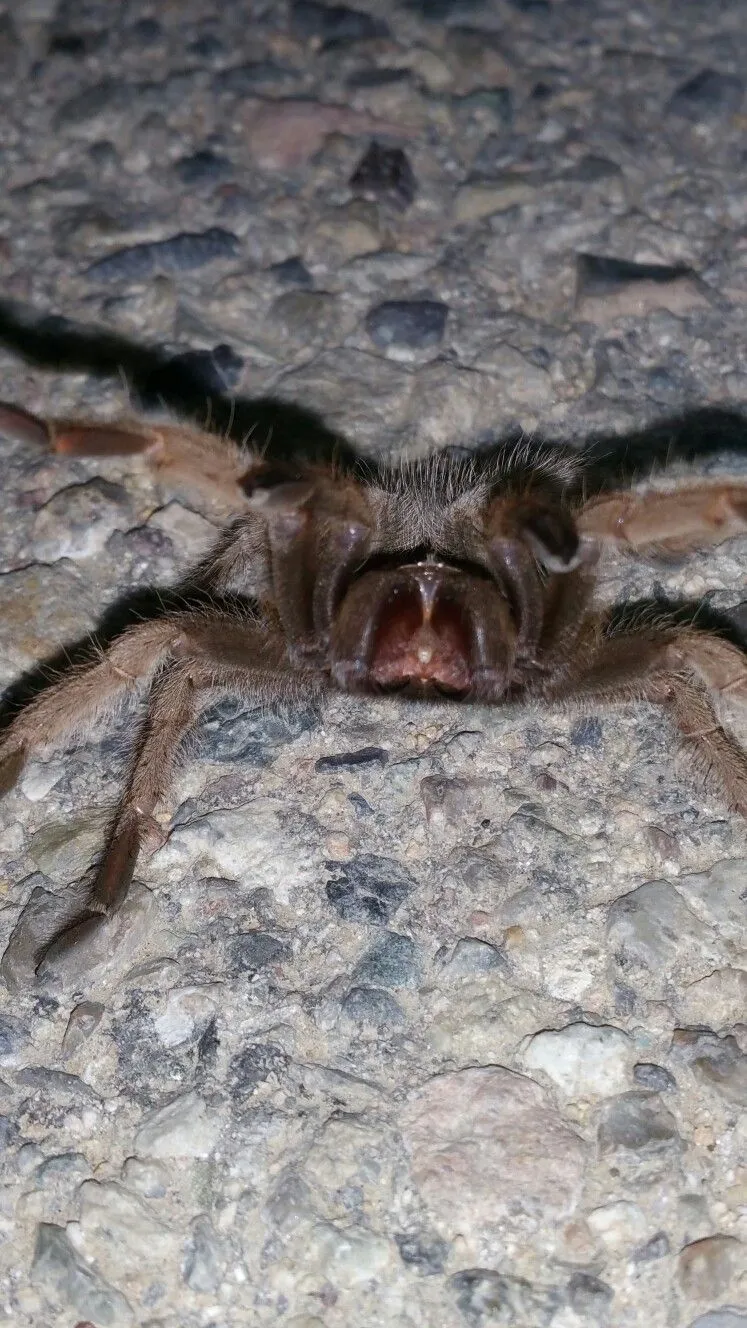
The frequency and manner of interaction with a tarantula can influence its behavior. While some tarantulas may tolerate occasional handling, others may become stressed and defensive. It’s crucial to approach handling with caution and respect for the tarantula’s boundaries. Avoid handling a tarantula unnecessarily, and always observe its behavior for signs of stress or aggression. Gentle handling, if any, is key, and understanding the tarantula’s individual personality is essential.
The Top 5 Most Aggressive Tarantula Breeds
1. The Pinktoe Tarantula (Avicularia avicularia)
The Pinktoe Tarantula, known for its vibrant pink toe pads, is a beautiful species, but it can be skittish and prone to defensive behaviors. They are arboreal, meaning they live in trees, and are very fast. When feeling threatened, they may bolt or flick urticating hairs. They are not typically inclined to bite unless severely provoked. Their defensive behavior is often displayed when they feel their territory is threatened, so a spacious and well-furnished enclosure is very important.
Characteristics and behavior
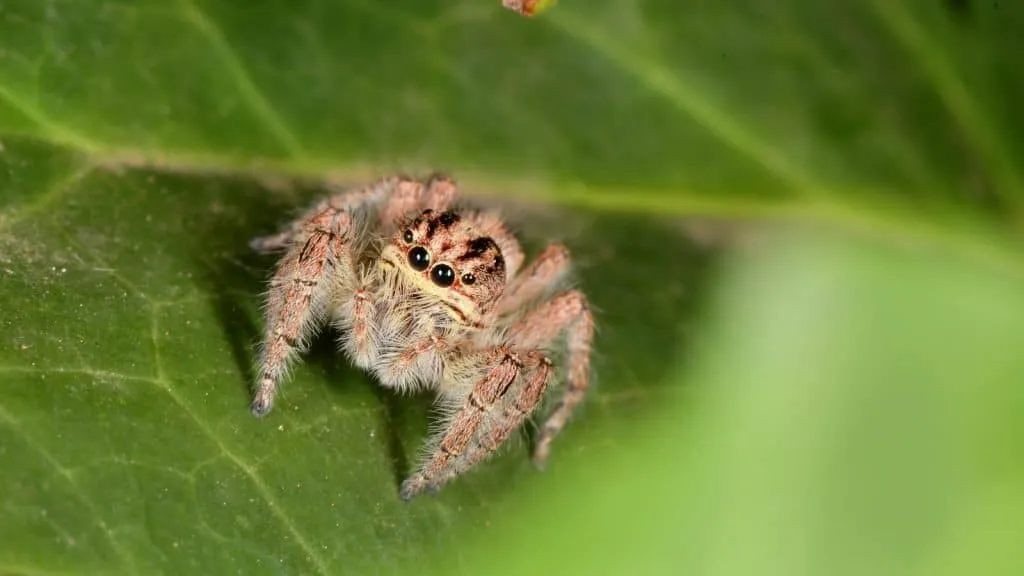
Pinktoe tarantulas are typically fast and agile. They are known to jump, which can be startling. They are not the best choice for beginner keepers due to their speed and tendency to hide or run. They are relatively docile but are easily startled. They may flick urticating hairs as a primary defense mechanism.
Handling tips and precautions
Handling Pinktoe tarantulas should be done with extreme caution. It is best to avoid handling them unless absolutely necessary, such as for cage maintenance or health checks. When handling, ensure a clear path to allow the tarantula to retreat. Avoid sudden movements and be prepared for a quick escape. Using a soft brush to gently coax the tarantula into a container can be helpful, minimizing the chance of it running or jumping.
2. The Mexican Red Knee Tarantula (Brachypelma hamorii)
The Mexican Red Knee Tarantula is a classic and iconic tarantula species, known for its striking red and black markings. They are generally considered docile but can become defensive if provoked or startled. They are burrowers and may hide more than display aggressive behaviors, but a stressed or cornered Red Knee can display a threat pose and flick urticating hairs.
Characteristics and behavior
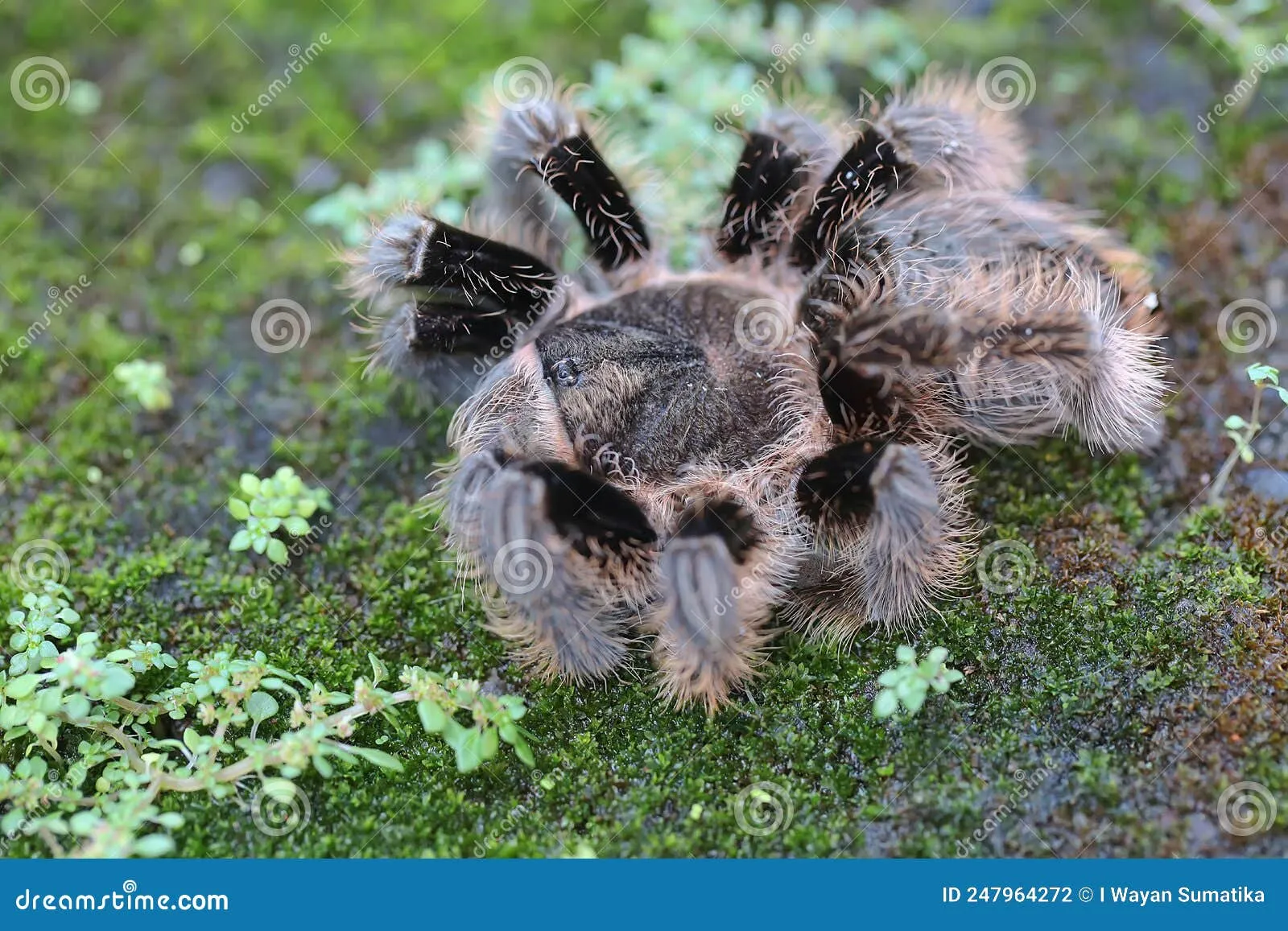
Mexican Red Knees are relatively slow-moving tarantulas and are known for their longevity. They are usually calm. They are not inclined to bite, but are more likely to flick urticating hairs. This breed is usually a great choice for beginners, and generally docile. The Red Knee is known to go on food strikes, which is normal.
Handling tips and precautions
Red Knees are generally safe to handle. Always observe your tarantula’s behavior before handling. If they are showing signs of stress or aggression, it’s best to leave them alone. Handle them gently, support their body, and avoid sudden movements. If you are bitten, you may experience local pain and itching.
3. The Costa Rican Zebra Tarantula (Aphonopelma seemanni)
The Costa Rican Zebra Tarantula is another beautiful species, known for its striped legs, resembling a zebra. They are known to be fast and skittish. They are more likely to flick urticating hairs as a defense mechanism. They are generally not inclined to bite, but can bite if seriously provoked. They are relatively docile, but can be fast and difficult to handle, making them a less ideal choice for novice keepers.
Characteristics and behavior
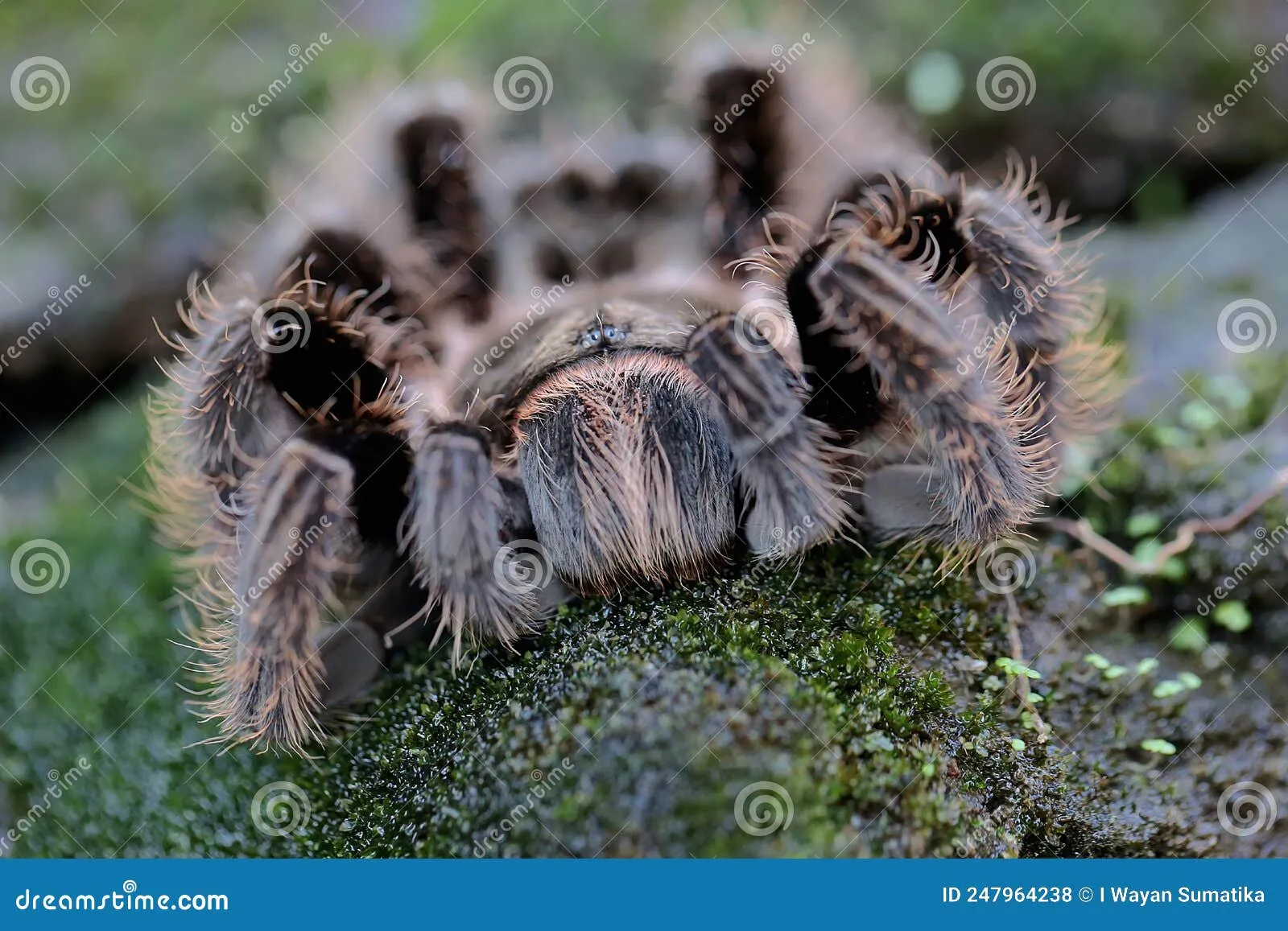
These tarantulas are generally skittish and fast, which makes them challenging to handle. They are primarily defensive, using urticating hairs as their main defense mechanism. They are hardy and adaptable, and can be a rewarding species for experienced keepers.
Handling tips and precautions
Handle with extreme care, and avoid handling unless essential. Be prepared for a quick escape. If handling is necessary, use a soft brush to gently guide the tarantula. Provide a clear path for the tarantula to retreat. Always wash your hands after any interaction with the tarantula or its enclosure.
4. The Chaco Golden Knee Tarantula (Grammostola pulchripes)
The Chaco Golden Knee Tarantula is a beautiful, long-lived species known for its golden-colored leg joints. They are generally docile, but they can be defensive. They are known to kick urticating hairs as their primary defense. They are not likely to bite, and are good for novice keepers who respect their space and behavior. A stressed Golden Knee will exhibit defensive behaviors, such as flicking hairs, and a threat pose.
Characteristics and behavior
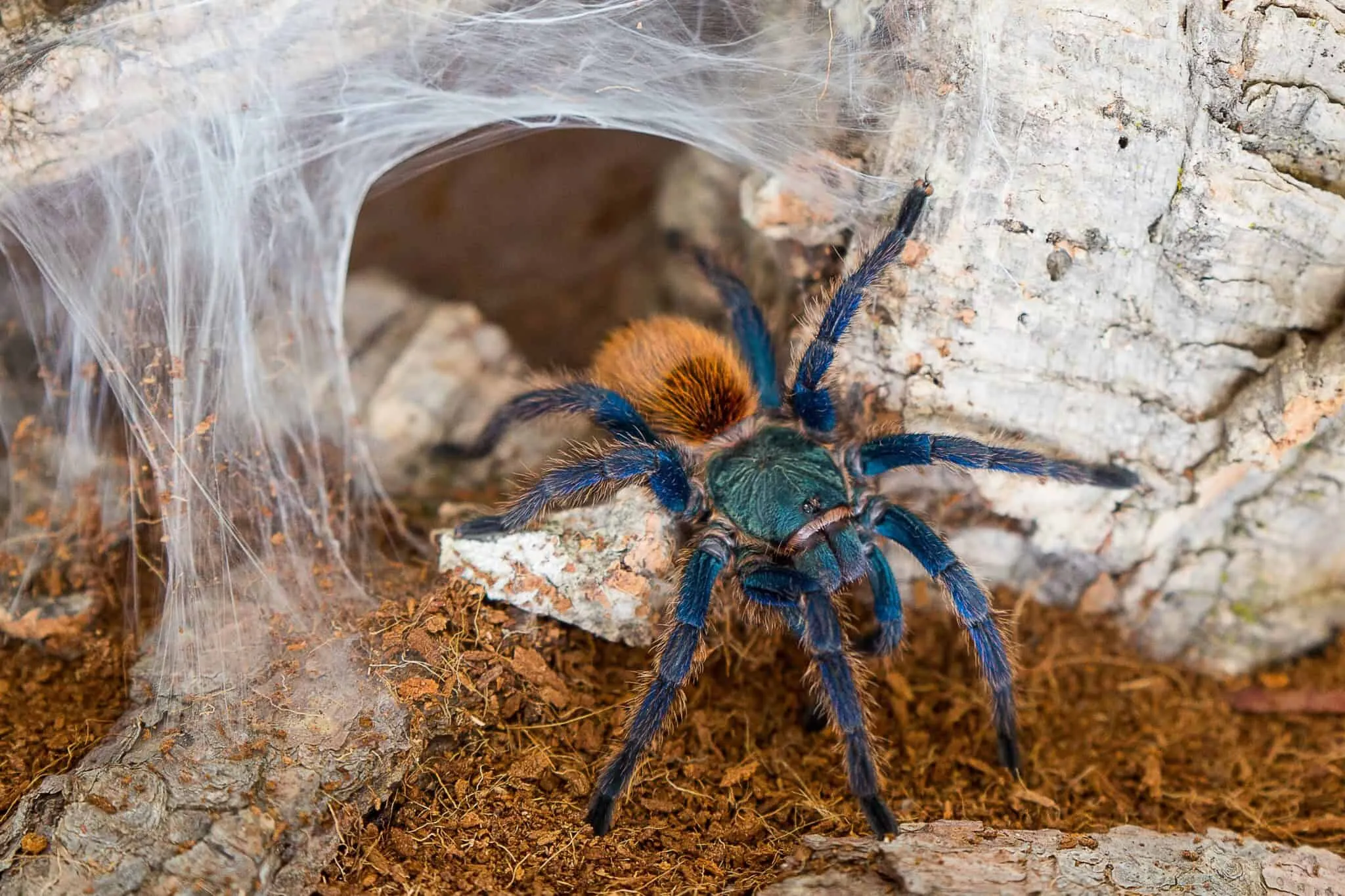
These tarantulas are generally calm and slow-moving. They are known to be good eaters and are often active. They are a hardy species and can tolerate a range of conditions, making them relatively easy to care for. They can be handled, but with caution and respect.
Handling tips and precautions
Handling is possible, but should be approached with caution. Avoid any sudden movements. They are generally more tolerant than other species. If your Chaco Golden Knee is displaying any signs of stress or a threat posture, it’s best to leave it undisturbed.
5. The Brazilian Black Tarantula (Grammostola pulchra)
The Brazilian Black Tarantula is another beautiful species, known for its all-black coloration. They are known to be generally docile and are very popular among keepers. They may flick urticating hairs. They are not known to be aggressive and can be handled with caution. However, they are not recommended for beginners due to their size and potential for defensive behavior.
Characteristics and behavior
Brazilian Blacks are slow-moving, and docile. They are not inclined to bite, but can kick urticating hairs if stressed. They are relatively easy to care for, but can be defensive. They are very popular due to their appearance and overall temperament.
Handling tips and precautions
Handle with care, avoid any sudden movements. If your tarantula displays a defensive posture, leave it undisturbed. If handling is necessary, do so with a soft brush to guide the tarantula into a container. Washing hands after is recommended.
General Safety and Handling Guidelines
Essential safety precautions
Always approach tarantulas with respect and a clear understanding of their potential for defensive behavior. Proper enclosure maintenance is crucial, and always use appropriate tools. Keep a safe distance from the tarantula’s enclosure, and avoid sudden movements. Avoid putting your hands near the tarantula’s fangs. Have a plan if the tarantula escapes.
Proper handling techniques
If handling is necessary, approach the tarantula slowly and gently. Avoid grabbing or cornering the tarantula, as this will make it feel threatened. When you need to coax a tarantula, use a soft brush to guide it. Support the tarantula’s body, and do not hold it too tightly. Avoid handling the tarantula if it is displaying any signs of stress.
Avoiding Bites and Defensive Behaviors
The best way to avoid a bite is to minimize handling. Always observe your tarantula’s behavior before any interaction. Do not try to handle a tarantula if it is exhibiting signs of stress or aggression. If bitten, clean the wound, and seek medical attention if necessary. Be aware of urticating hairs and avoid any contact with eyes or sensitive areas.
Conclusion
Understanding the characteristics of aggressive tarantula breeds is essential for responsible tarantula keeping. Knowing the behavior of various species will help you to provide a safe and enriching environment. By acknowledging the potential for aggression and following safety guidelines, you can enjoy the experience of keeping these fascinating arachnids while minimizing risks. Always prioritize the safety and well-being of both yourself and your tarantula.
